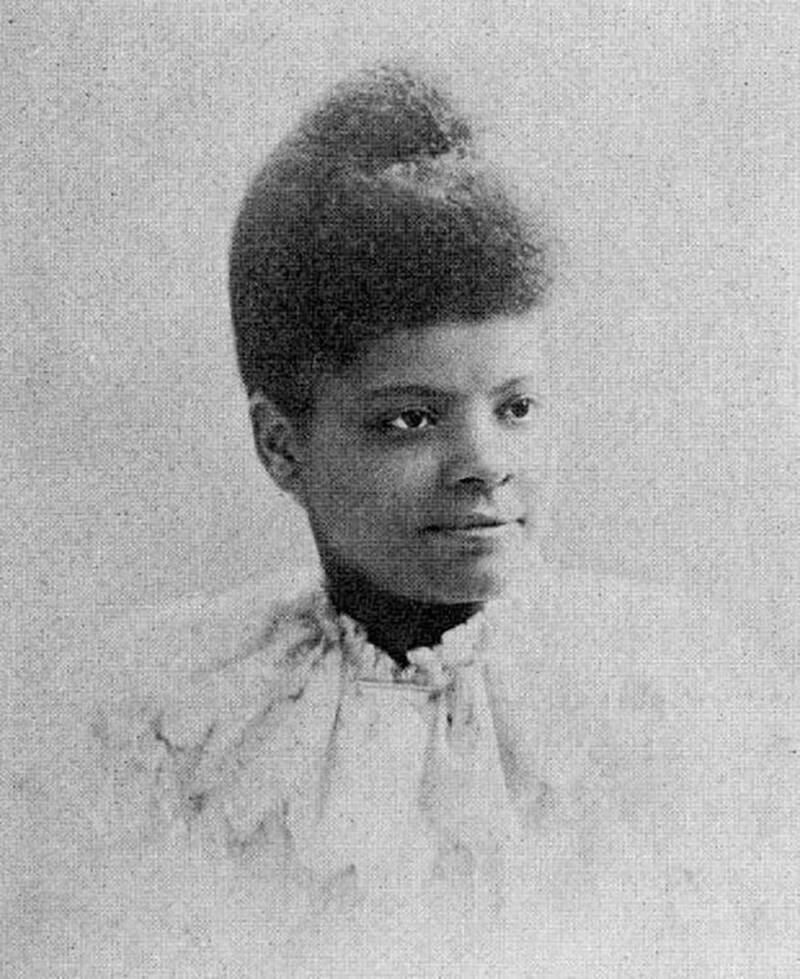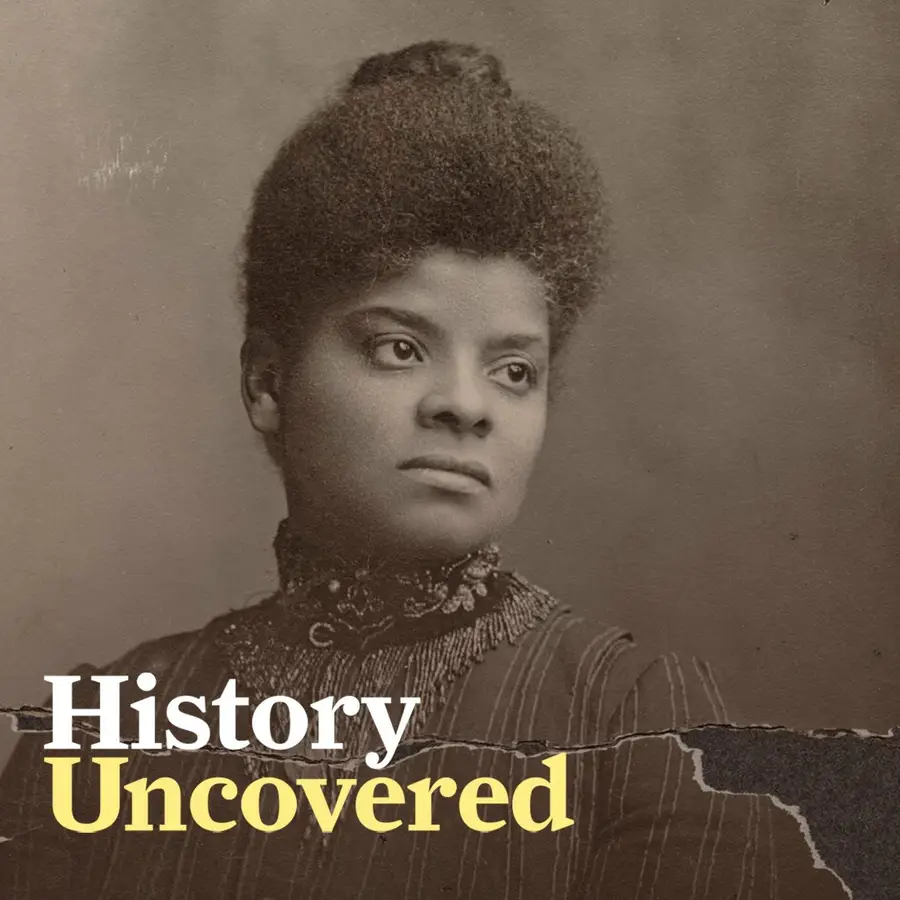One of the founders of the NAACP, Ida B. Wells-Barnett dedicated her life to fighting for the rights of women and Black Americans.
On August 18, 1920, the ratification of the 19th Amendment granted American women the right to vote after a century-long struggle. But the win was bittersweet, as not all women were now welcome at the polls.
Instead, state-level voter laws and fees — some of which still exist, albeit in different forms, today — prevented many women of color from reaching the ballot box. To suffragists of color, such restrictions were no surprise.
Women of color had endured racism within the women’s suffrage movement from the start, at times being asked to start their own organizations or to hold their own separate demonstrations. Among those activists was Ida B. Wells-Barnett, a sharp and talented Black journalist, teacher, and demonstrator who spoke out extensively against both sexism and racism.
Born to enslaved parents in Mississippi in 1862, Wells-Barnett grew up during the Reconstruction period, when Black men were allowed to vote and even held Congressional offices in some Southern states. Her father, James, was a founding member of Shaw University, now known as Rust College, and he raised her and her seven siblings to value education as a path to equality.

Wikimedia CommonsA photo of Ida B. Wells-Barnett as a young woman.
But in 1878, when she was 16, Wells-Barnett dropped out of school.
Her parents and one of her siblings had just died suddenly from yellow fever, and her remaining family members wanted to split her brothers and sisters into various foster homes. Wells-Barnett resisted this idea and chose to stop her education so she could keep her family together. She lied about her age to get a job teaching at a nearby high school and spent the next two years taking care of her siblings with help from an aunt and grandmother.
Around this time, the gains that Black people had made during Reconstruction began to fall away as the Supreme Court ruled against the Civil Rights Act of 1875. This legislation had guaranteed Black Americans equal treatment in public places and made it a federal crime to deny service to an individual on the basis of their race.
Instead, segregation was institutionalized through a batch of legislation known as the Jim Crow laws that claimed to give Black citizens separate but equal status, but in fact did not deliver on the latter.
Soon, as an activist and journalist, Ida B. Wells-Barnett exposed how very separate the world inhabited by Black Americans truly was — and how far it was from equal.
At just 20, Wells-Barnett armed herself with a pistol and traveled across Jim Crow America to report on extreme violence committed against Black people. And later, when white suffragists quietly asked her to march at the back of the Women’s March on Washington in 1913, she loudly refused.
She helped found the NAACP and continued advocating for the rights of Black women long after the 19th Amendment failed to deliver on its promise of giving people like her the right to vote. This is her story.
Learn more about the incredible life of Ida B. Wells-Barnett.
Learn more about the music used in our podcast. History Uncovered is part of the Airwave Media network. Learn more about your ad choices by visiting megaphone.fm/adchoices.






